I am introducing electric circuits to Grade 9 high school students as part of a dedicated engineering subject. The students have no prior exposure to electric circuits.
As part of this module I want to design a motor driver for the students to build, either using a breadboard or a soldering iron. The motor driver is needed to drive some mechanical doodads later in the course.
The motors in question are the DC hobby motors shown below. My choice is driven by price (these motors are going for $1/ea on clearance.)

1.5VDC, 650 mA M-13-2270-1.5V

12 VDC, 650 mA MF-26CS-18165-12.0V
Requirements
My problem is to design a DC motor driver to the following specifications:
- Bi-directional (forwards and reverse drive)
- Control by pushbuttons / toggle switches. Either a pair of "forwards/reverse" buttons, or a "forwards/reverse" direction toggle and a "go" button.
- Drive either of two kinds of motor - 1.5VDC, 650 mA M-13-2270-1.5V or 12 VDC, 650mA MF-26CS-18165-12.0V. I am planning to use the 1.5V motors to actuate small geared mechanisms, and the 12V motor as a "winch" for a model elevator.
- Cheap - less than $5 in parts. Cheaper is better. A class size of 30 students may be presumed, so I can order bulk parts in lots of 50 or 100 which should help with cost.
- Preferably breadboard-able so the parts can be re-used for next year's students.
Possible solutions
I have considered a SN754410 Quad Half-H Bridge IC which is cheaply available ($0.80/ea in bulk from eBay, i.e. Hong Kong.) However this has an output voltage of 4.5-36 VDC. I believe this may cause the 1.5V motor to emit smoke.
On the other hand, I considered a H-bridge built out of cheap discrete transistors like the 2N2222. However, I am uncertain as to the power limits of such a H-bridge. It also involves at least a dozen parts, which may be a bit difficult for students who have never dealt with electronics before.
The problem
What transistors, IC's, or other switching components can I use to build a DC motor drive that handles 1.5 & 12 VDC motors? If I can get an idea of the main components, I can design all the auxiliary stuff (switches, biasing resistors, what have you) myself.
It must be cheap (we need 30 of them) and buildable by Grade 9 students and their teacher. (I am not the teacher.)
If the output voltage of the SN754410 could be reduced to be friendly with a 1.5VDC motor, that would be a very easy way to solve my problem.
I myself have very little practical electronics experience but I am willing to RTFM if directed.
The school can make basic PCB's on a milling machine if required.
